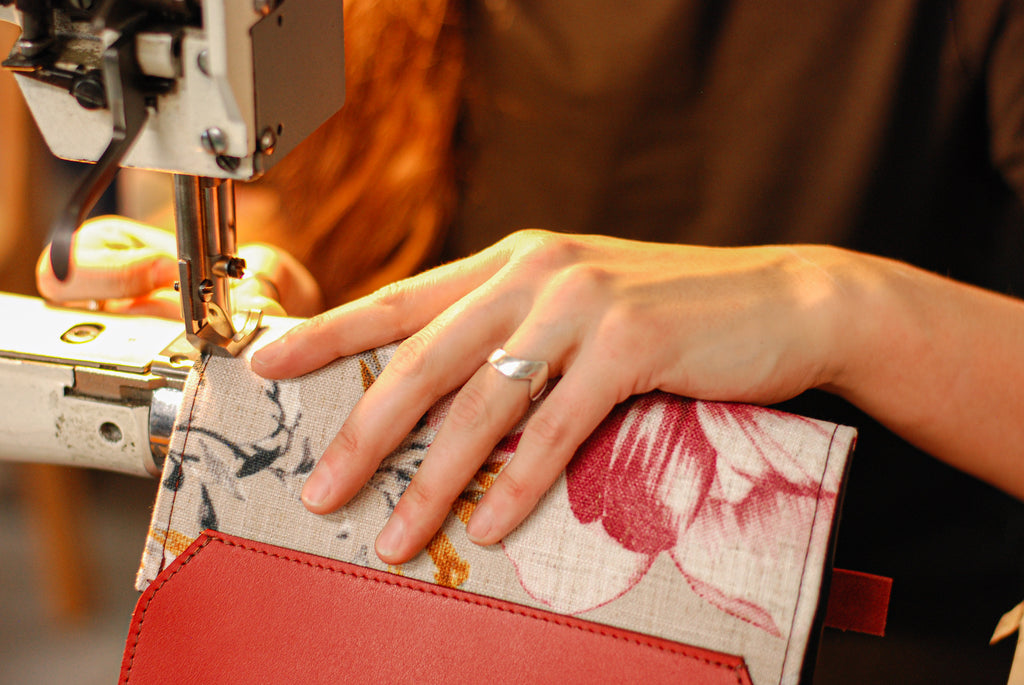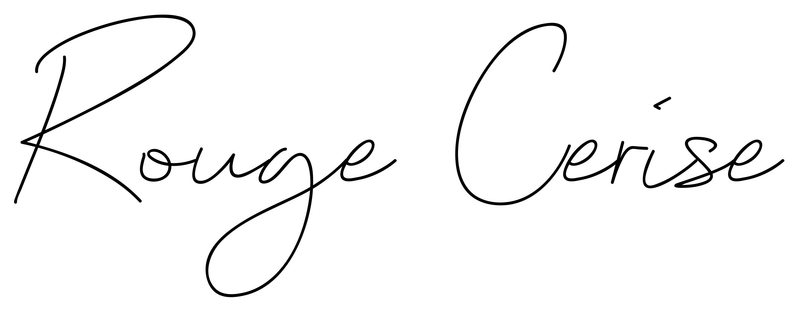5/6 Sewing

Whether tone-on-tone or contrasting, sewing is the most visible step in the making of an item. This is the time when all measurement taken are confirmed, when there is no room for error. Needle holes in leather are permanent and not always easy to hide! A few stitches aside and the piece is unrecoverable.
This is my favorite part of the production. Finally I feel like the work is progressing! The pieces fit together, the accessory takes shape. This is rarely the longest step, but the easiest to ruin! The machine goes fast and the movements must be precise and synchronized.

The sewing machine is a very special tool. To sew leather, there are several types of machines. The peculiarity of leather goods accessories is that they are often rigid or semi-rigid. They do not bend and therefore do not "fit" onto the machine. That is, the place where you want to sew doesn't go to the needle. This is when specialized sewing machines come in handy. Instead of a table, some have an arm, others a pillar, to clear space around the needle. All these machines have special mechanics for sewing leather. They are very sturdy and use specific needles and thread.

The thread I use is nylon thread. Compared with the thread for sewing clothes, it is very thick and it is unbreakable. Small leatherwork detail, we generally use a slightly smaller thread, but always nylon, for the underside (the thread in the bobbin). This allows for a nicer seam without being less solid. Another detail of leather goods, the nylon thread is very smooth and therefore slippery, and has a tendency to unstitch. This is why it is very important to burn off all stitch stops to solder them. Each leatherworker has his technique for burning the threads. When I first started gearing up ten years ago, I didn't have the money to buy all the tools I needed because there are a lot of them! So I adapted my technique. The heated irons are used for different tasks and there are a multitude of interchangeable heads, including a tip for burning the threads. I only bought a few irons, but not the point, and have been using one of the irons I had for all this time. You get used to the movement and now I have difficulty using the point correctly when I borrow one from a workshop colleague. I'm always afraid to cut my thread in the wrong place!

When you are finished sewing, the accessory is usually almost finished. There remains the final touch, which will be the subject of the next article!
